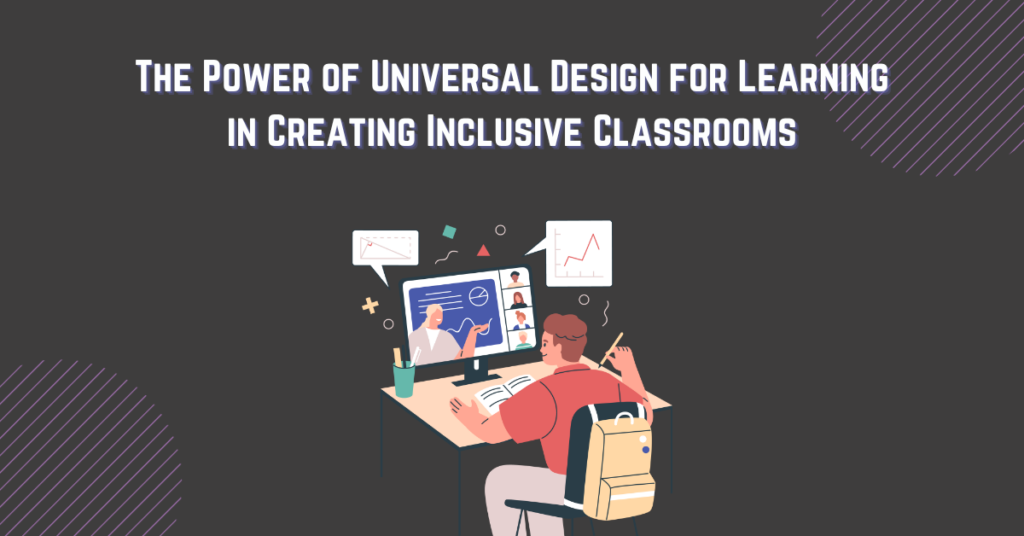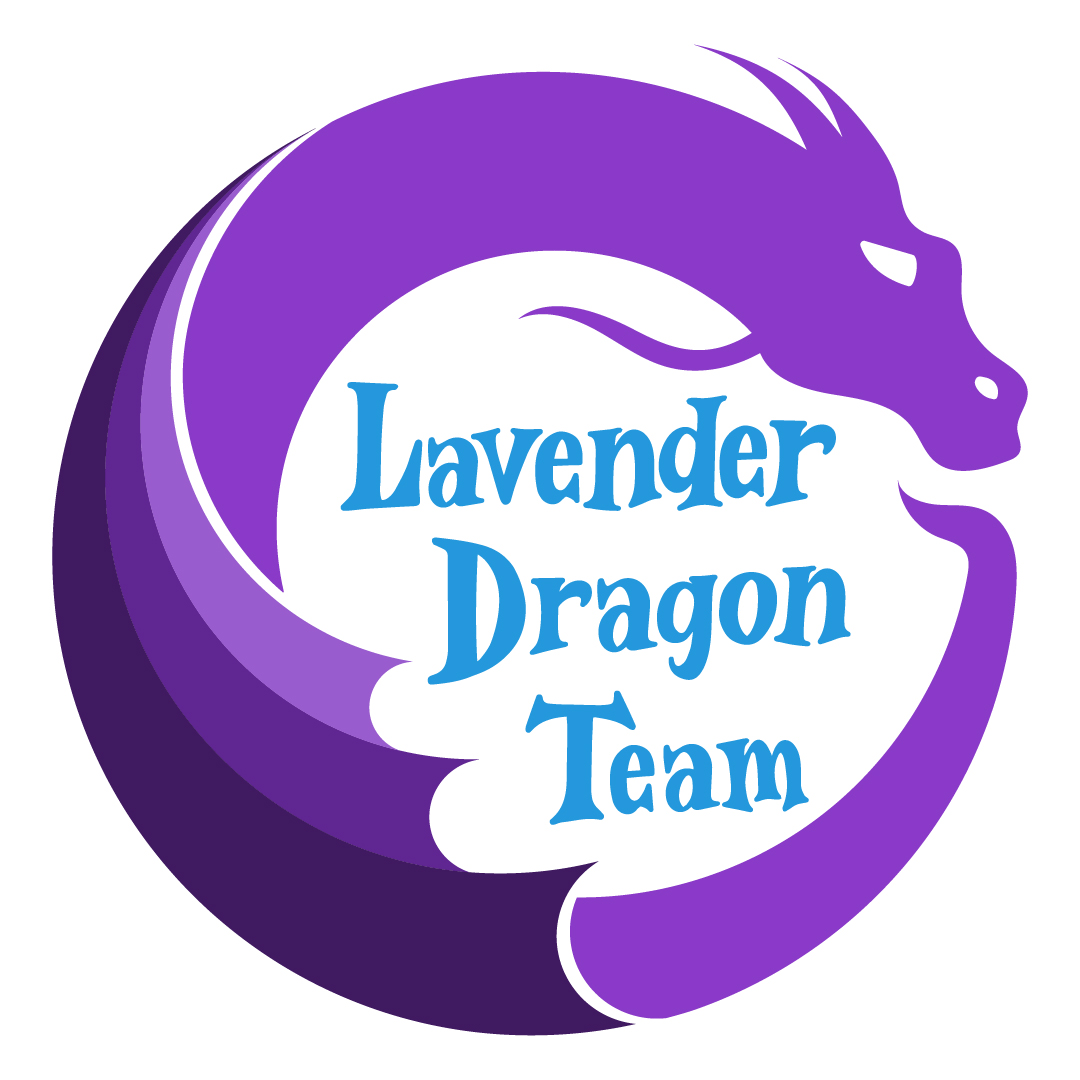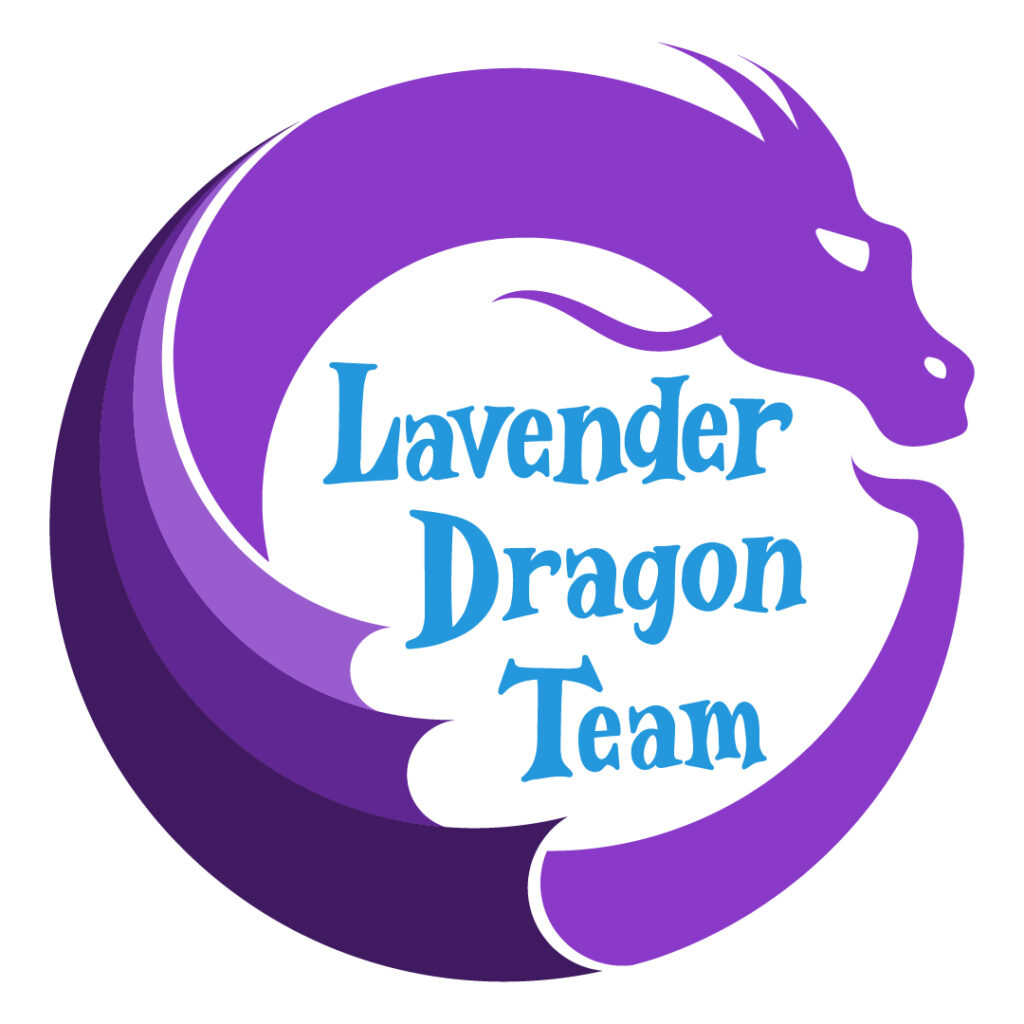
Introduction
All learners have the right to learn and succeed in the classroom. However, traditional educational systems have been designed with a one-size-fits-all approach, where students with disabilities and diverse learning needs are left behind. That’s where Universal Design for Learning (UDL) comes in. UDL is an educational framework that addresses the needs of all learners by providing flexible and inclusive learning environments. In this blog post, we will explore the three principles of UDL, its significance in learning, its inclusion in educational settings, and the evolving possibilities for inclusive and accessible learning environments.
Part I: Three Principles of UDL
Universal Design for Learning has three main principles. The first is multiple means of representation, which involves presenting information in different ways to cater to diverse learning needs. For instance, a math problem can be presented in different forms such as a word problem, a graph, or a video. This approach helps learners access and understand information better.
The second principle is multiple means of expression, which allows learners to demonstrate their knowledge and understanding in various forms. For example, instead of a written essay, a learner can present their ideas through a video or a podcast. This principle promotes creativity and accommodates different learning preferences.
The third principle is multiple means of engagement, which involves providing learners with various opportunities to stay motivated and engaged. For instance, instructors can use games, simulations, and other interactive activities that cater to different interests.
Part II: Inclusion of UDL in Educational Settings
UDL is crucial in promoting inclusive and equitable education in K-12 and higher education settings. In K-12 education, the implementation of UDL has shown positive outcomes for students with diverse learning needs. For instance, the use of assistive technology, such as text-to-speech programs, has enabled students with reading difficulties to access and comprehend text.
In higher education, UDL has enhanced learner engagement and retention rates. Institutions that incorporate UDL principles have experienced a positive impact on learning and preparation among students with disabilities and diverse learning needs. However, implementing UDL in both settings can be challenging. Some instructors may lack the necessary skills and resources to implement UDL effectively.
Part III: Evolving Possibilities for Inclusive and Accessible Learning Environments
New research and technologies have emerged to further promote UDL and make inclusive and accessible learning environments possible. Recent studies have shown that incorporating UDL principles can improve student motivation, engagement, and learning outcomes. New technologies, such as learning management systems and educational apps, have been developed to promote UDL in educational settings. These technologies provide students with personalized learning experiences, enabling them to learn at their own pace and in ways that suit their learning styles.
Final Thoughts
UDL is a powerful framework that promotes inclusive and equitable education. By implementing UDL principles, educators can create flexible and accessible learning environments that meet the needs of all learners. However, the implementation of UDL in educational settings requires collaboration, training, and investment in resources and technology. As we move forward, it is essential to embrace the principles of UDL and continue to strive towards creating inclusive and accessible learning environments that support every learner’s success.
READ: White Paper | Using Video to Create Impactful Training

